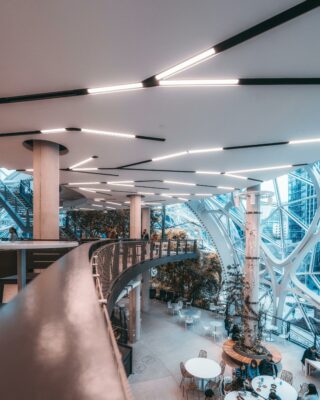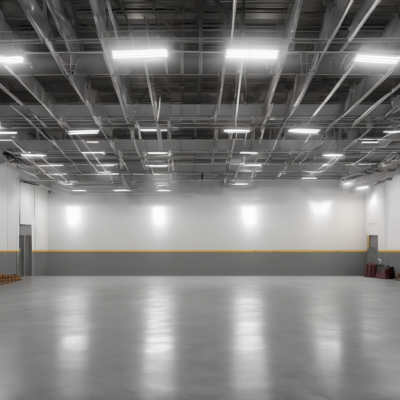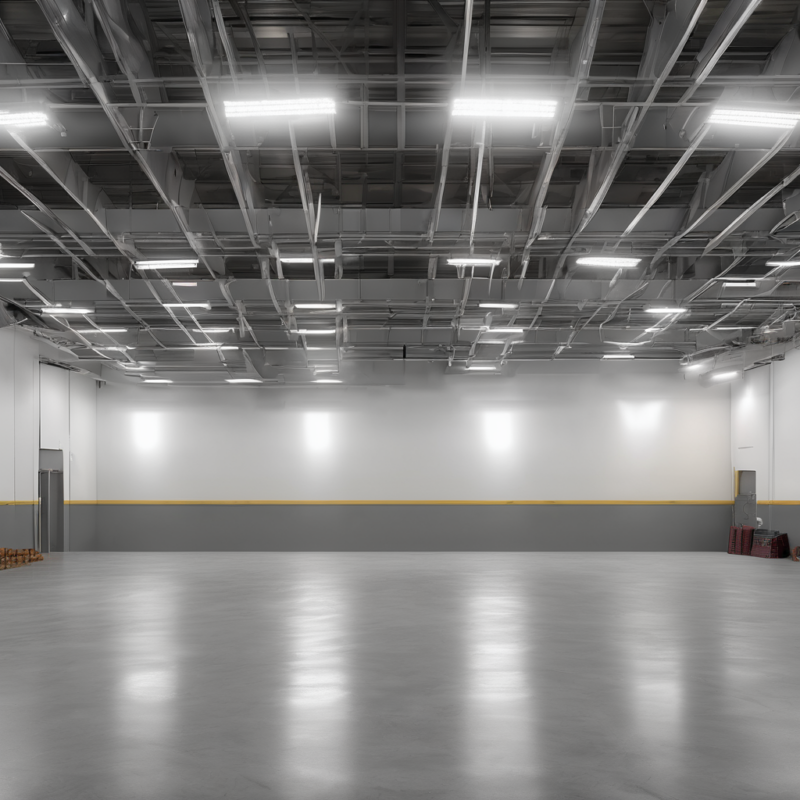The realm of LED high bay lights is full of possibilities. This kind of lighting solution is known for its remarkable energy-efficient light. With the evolvement of LED technology, finding ways to maximise the performance of your LED high bay lights is easier than ever.
Understanding LED high bay lights isn’t just about acknowledging their energy-saving capabilities. It’s also about recognising their potential in addressing common lighting failures seen in traditional lighting options. Hence, this comprehensive guide will help you navigate the world of LED high bay lights.



The Basics of High Bay LED Lighting
High bay LED lights are particularly effective in areas with high ceilings, such as warehouses, gyms and industrial facilities. They’re designed to provide excellent brightness in spaces where the floor-to-ceiling height exceeds 20 feet. These lights offer potent light output and are able to compensate for the light lost across the expansive spaces.
Beyond providing necessary illumination, choosing high-bay LED lights can have a positive impact on both the environment and your expenses due to their energy efficiency and long-lasting performance. They use less energy than traditional types of lighting, resulting in lower electricity costs and a smaller carbon footprint.
Power Efficiency and the LED Advantage
LED high bay lights stand out for their power efficiency. They consume less power than other light sources while providing the same, if not more, light output. Essentially, they generate less heat and more light, which contributes to their high energy efficiency.
Besides, LED technology allows these lights to have a longer lifespan. This longevity, coupled with their efficiency, represents a significant advantage over traditional lighting solutions. From an economic perspective, investing in LED high bay lights could mean lower maintenance costs and energy bills.



Addressing Common Failures in High Bay LED Lights
While LED high bay lights are lauded for their performance and durability, like all lighting solutions, they are not free from occasional failures. However, the advantage of these lights is that many of these common failures are preventable and solvable.
Some of the usual failures include flickering lights and early burnouts. Investing in premium LED products and regular maintenance can help ensure these lights’ longevity and performance. Regular clean-ups, proper installation and timely replacements can aid in mitigating these issues.
Switching to LED: The Process and Benefits
Switching from traditional to LED high bay lights is a straightforward process. The first step involves evaluating your current light system and identifying your specific needs. Next, choose LED lights that fit your requirements and budget. Lastly, undertake the replacement process, which often involves some rewiring.
The benefits of such a swap are manifold. Beyond the superior illumination and energy efficiency, LED lights produce less heat, reducing the need for additional cooling in your facility. Furthermore, their robust build and longevity can lead to significant reductions in replacement and maintenance costs.



Maximising LED High Bay Lights Performance
Proper placement and regular maintenance are key to maximizing the performance of your LED high bay lights. Placement should ensure that the light is evenly distributed across the area. Maintenance tasks such as routine cleaning and timely replacements can also enhance light output and extend their lifespan.
Additionally, investing in lights with dimming and motion sensor capabilities can allow you to customize light output based on your needs, providing further energy savings. Ultimately, it’s about leveraging LED technology’s full potential for your benefit.





